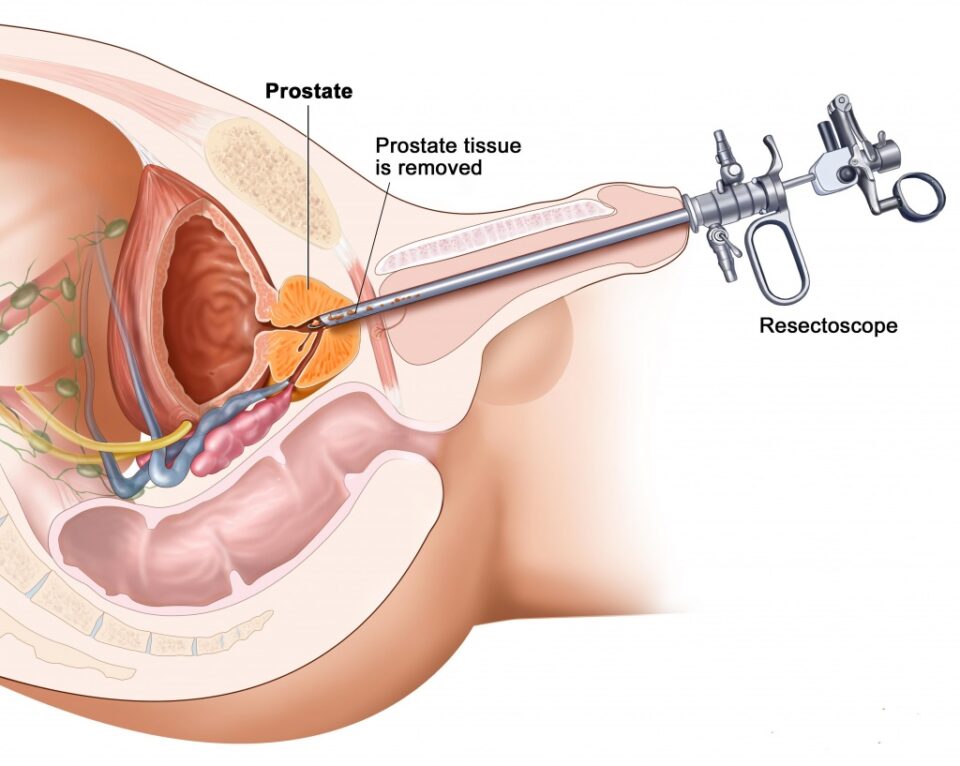Prostate enlargement is a common issue among older men, causing a range of symptoms such as frequent urination, difficulty in passing urine, and painful urination. The conventional surgical process to treat prostate enlargement is transurethral resection of the prostate (TURP). However, with the advancements in medical technology, laser enucleation of the prostate (LEP) has emerged as a safer and more effective alternative to TURP. LEP involves the use of high-powered laser energy to remove prostate tissue, and various techniques have been developed to optimize outcomes.
Blast away prostate problems
Are you tired of dealing with the discomfort and inconvenience of prostate problems? Well, it’s time to blast away those issues with the latest and greatest technique in prostate surgery: laser enucleation. This cutting-edge procedure offers a safe and effective way to remove excess prostate tissue, allowing you to get back to your daily routine without any interruptions. But not all laser enucleation techniques are created equal. It’s important to compare the different options available to ensure you get the optimal outcome for your specific needs. So why suffer in silence when you can blast away those prostate problems with laser enucleation and regain your quality of life?
Choose your laser wisely
When it comes to Laser Enucleation of the Prostate, choosing the right laser is critical for achieving optimal outcomes. But, how do you choose which laser to use? First and foremost, make sure to choose a laser that is safe and effective for prostate surgery. There are several types of lasers available, including holmium, thulium, and potassium-titanyl-phosphate (KTP). Each has its own advantages and disadvantages, so it’s essential to do your research and choose the laser that is best suited for your patient’s specific needs. While some may argue that one laser is better than the other, the truth is that it depends on the case. So, take the time to evaluate each option and choose wisely – your patient’s outcome may depend on it.
Get the best results
Getting the best results from any surgical process requires careful consideration of every step of the process. When it comes to laser enucleation of the prostate, there are several techniques that can be employed to optimize outcomes. The first step is to carefully select the appropriate laser energy source and wavelength for the specific patient and prostate size. This will ensure maximum precision and effectiveness during the procedure. The next step is to use real-time imaging techniques, such as fluoroscopy or ultrasound, to guide the laser energy to the precise location within the prostate.


